Spark SQL has the native support and also streamlines where the process of querying the data stored in both RDD and also external sources. By uniting these abstractions that makes it very easy for developers to intermix SQL commands querying external data with very difficult analytics, all in a single application. Spark SQL may allow:
– To import relational data from the parquet files and hive tables
– execute SQL queries through imported data and existing RDDs
-easily write RDDs hive tables
Spark SQL has a cost based optimiser and code generation to execute queries fast.
Spark SQL is a component of Apache Spark, a powerful open-source distributed computing system for big data processing. Spark SQL extends Spark’s capabilities to include structured data processing, enabling users to query and manipulate structured data using SQL or DataFrame API.
Key features of Spark SQL include:
DataFrame and Dataset API: Spark SQL introduces the DataFrame and Dataset APIs, which provide a higher-level abstraction over RDDs (Resilient Distributed Datasets). DataFrames and Datasets represent structured data with named columns, similar to tables in a relational database. They offer a more user-friendly interface for data manipulation and analysis compared to RDDs.
SQL Support: Spark SQL allows users to run SQL queries against structured data, enabling SQL-based data analysis and exploration. It supports standard SQL syntax and functions, including SELECT, WHERE, GROUP BY, JOIN, and more. Users can execute SQL queries directly on DataFrames or registered temporary views.
Integration with Hive: Spark SQL seamlessly integrates with Apache Hive, a data warehouse infrastructure built on top of Hadoop. It can read and write data from/to Hive tables, leverage Hive’s metastore for schema management, and execute HiveQL queries. This integration allows users to work with existing Hive deployments and take advantage of Hive’s rich ecosystem.
Datasource API: Spark SQL provides a unified API for reading and writing data from various data sources, including JSON, CSV, Parquet, Avro, ORC, JDBC, and more. Users can easily load data from different formats and sources into DataFrames, perform transformations, and save the results back to the underlying storage.
Optimization and Catalyst Engine: Spark SQL includes a sophisticated query optimizer called Catalyst, which performs various optimizations on query plans to improve performance. Catalyst optimizes queries by applying rule-based transformations, predicate pushdown, column pruning, and other techniques. It generates an optimized execution plan for each query before executing it on the cluster.
Streaming Integration: Spark SQL integrates seamlessly with Spark Structured Streaming, allowing users to perform real-time processing and analysis on streaming data. Users can write SQL queries or use DataFrame operations to define streaming computations, enabling continuous processing of data streams with low latency.
Machine Learning Integration: Spark SQL integrates with MLlib, Spark’s machine learning library, enabling users to perform machine learning tasks directly on structured data. Users can build machine learning pipelines, train models, and make predictions using SQL queries or DataFrame operations within the same Spark application.
Why is Spark SQL used?
Spark SQL will be originated as Apache Hive to execute the Spark and is now integrated with Spark stack. Apache Hive is not suitable as Spark SQL may be built to overcome these days’ drawbacks and also replace Apache Hive.
How does Spark SQL work?
Spark SQL fades the lines between RDD and relational table. It provides more tighter integration between relational and procedural processing, through declarative DataFrame API that integrates with spark code. It also offers optimisation.
The Apache Spark can be used by more users and has progress towards optimisation for the current ones, Spark SQL may have DataFrame APIs which perform relational operations on external data sources and Spark’s default distributed collections. It has an optimiser called catalyst as it assists wide range of data sources and also algorithms of big data.
Architecture of Spark SQL:
Spark SQL libraries:
Spark SQL has four libraries that interact with the relational and also procedural processing
1. Data source API(Application Programming Interface)
This is a universal API for loading and may be storing structured data
- It is having a built-in support for Hive, Avro, JSON, etc.
- It also supports third party integration through the Spark packages
- It also supports smart sources.
- It has a feature of data abstraction and domain specific language used for structured data.
- DataFrame API will be distributed collection of data in the form of named column and row.
- This is analysed like Apache Spark transformations and used through SQL context and hive context.
2. DataFrame API
A DataFrame is a collection of data organised into named columns. This is equivalent to a relatable table in SQL used for storing data into tables.
3. SQL Interpreter And Optimiser
SQL Interpreter and also Optimiser that is based on the functional programming that is built in scala.
- It will show the newest and most technically evolved component of Spark SQL.
- This gives framework for transforming trees, which is used to perform analysis and run time code spawning.
- It supports cost based optimisation for making queries run as much as faster than RDD.
4. SQL service:
SQL service is beginning for working along with structured data in Spark. It has creation of DataFrame objects as well as the execution of SQL queries.
Features of Spark SQL:
1. Integration with Spark
Spark SQL queries will be integrated with the spark programs. Spark SQL provides us query structured data inside spark programs by having sql or DataFrame API that can be used in Java, Scala and Python and R. This can be used to execute streaming calculation developers write a batch computation against the DataFrame API.
2. Uniform data access
DataFrames and SQL assistance will have a common way of access and also numerous of data sources like hive, avro, json and JDBC.
Overall, Spark SQL provides a powerful and unified platform for structured data processing, combining the flexibility of SQL with the scalability and performance of Apache Spark. It is widely used in various industries for data analytics, machine learning, and real-time processing applications.
Questions
1. What is Spark SQL?
2. How Spark SQL will work?









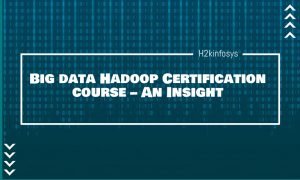
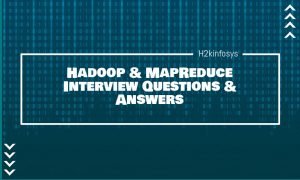

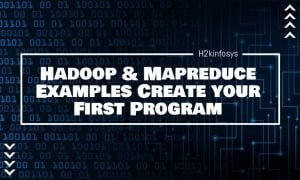


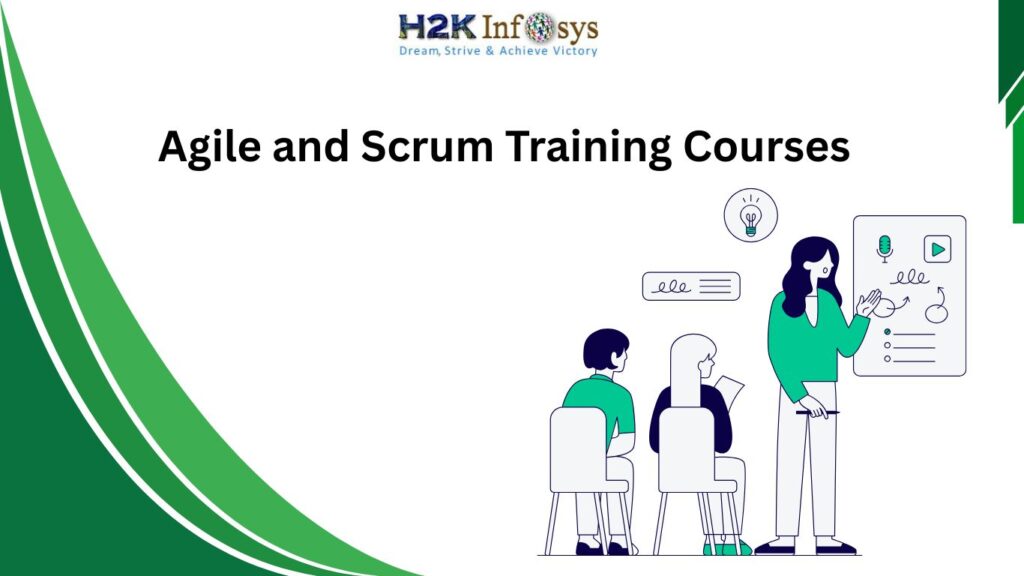


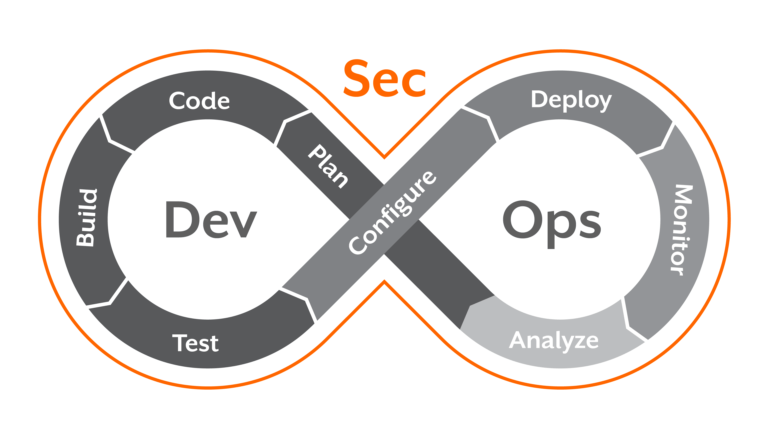
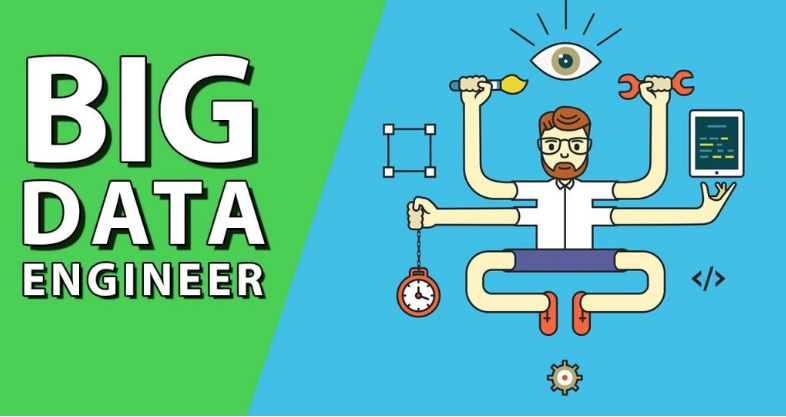







One Response